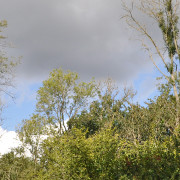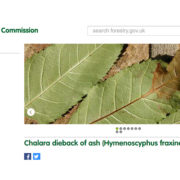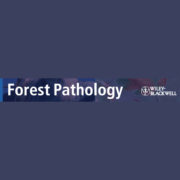European research joins forces against ash dieback with COST action FRAXBACK
In an attempt to reduce the impact of ash dieback disease, researchers from 35 European countries joined forces in EU-funded COST Action FRAXBACK and identified the origin and biology of the fungus. Having analysed data on ash dieback across the entire continent over a four-year period, scientists are now proposing a series of guidelines that will help manage Europe’s ash tree woodlands in a more sustainable way.
Originating from East Asia, Hymenoscyphus fraxineus, the fungus responsible for ash dieback, was first seen in Eastern Europe in 1992 and is now threatening one of Europe’s most common tree species, killing millions of ash trees across the entire continent. Ash dieback threatens hundreds of species of lichens, mosses, fungi, birds and plants that depend on the survival of the ash trees.
Thanks to their collaboration within the network, researchers published guidelines on sustainable ash tree management for landowners, forest managers, policy makers and researchers working in the field.
A team of researchers from the UK, Ireland and Denmark started sequencing the ash tree genome and started sharing their data with FRAXBACK in 2013. The team surveyed the entire ash tree DNA variation across Europe and predicted that some British ash trees were more resistant to the fungus than the Danish ones. Some of the team members are now receiving state funding for the Living Ash Project in order to locate and secure ash trees based on their observed susceptibility to ash dieback and include them in a future breeding programme.
Dr Richard Buggs at the Queen Mary University of London, who led the research team sequencing the ash tree DNA, opened the live cast conference, hosting policy makers, researchers and other governmental organisations from various European countries.
Research has also shown Danish ash trees that show more resistance to the fungus, seem to produce fewer chemicals protecting them against insects, such as the alien species emerald ash borer – a beetle that can kill ash forests a lot faster than the ash dieback disease.









